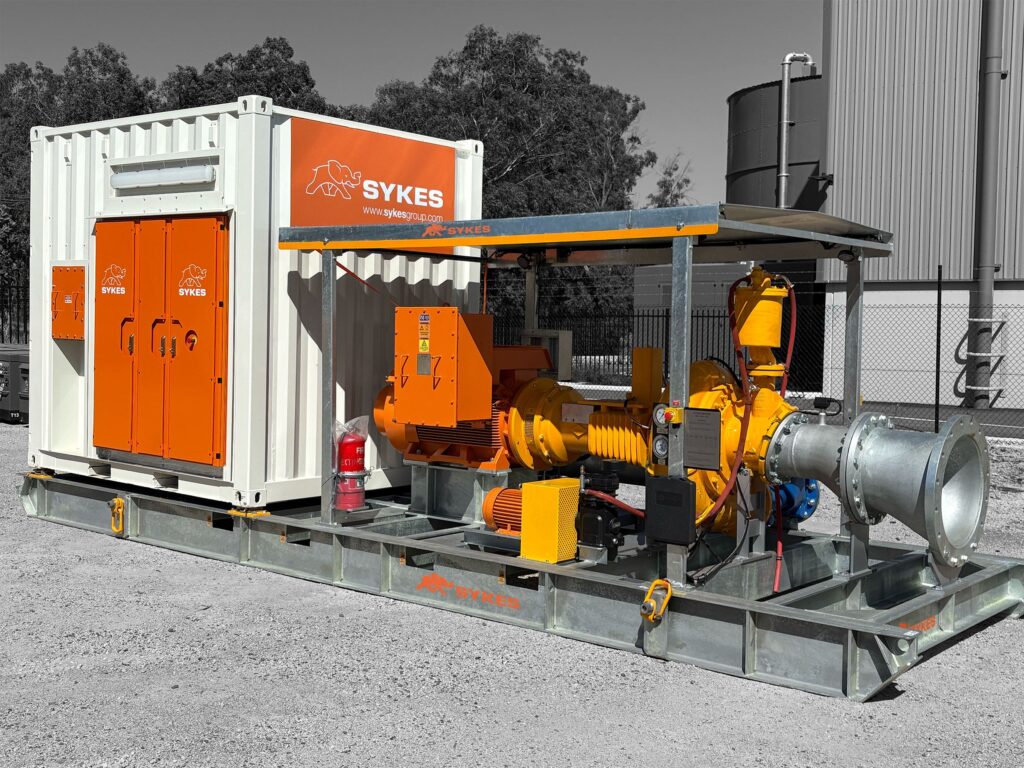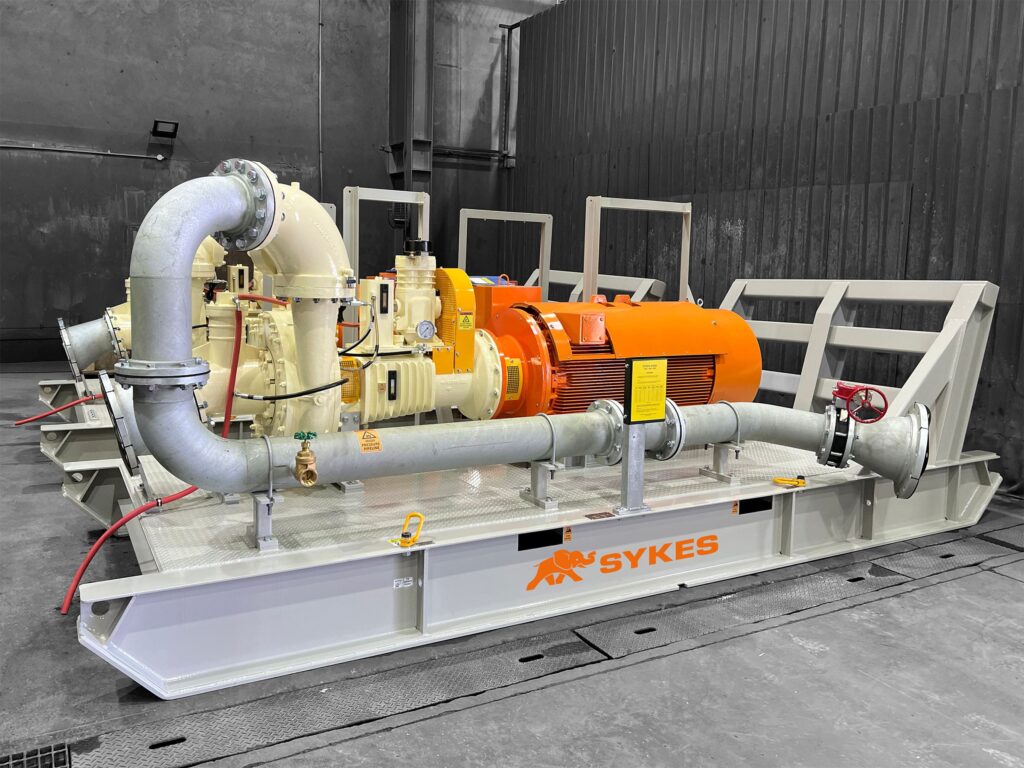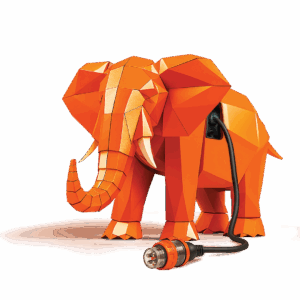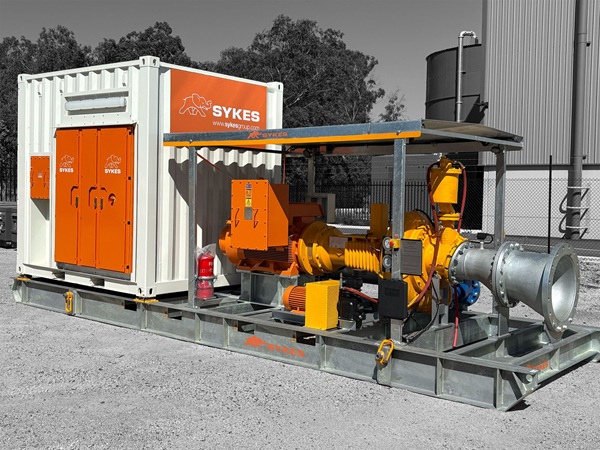
Electric powered pumps have been used for decades across a range of industries. However, recent advances in motor design, control systems and variable frequency drives (VFD) have opened up much broader possibilities.
These innovations have expanded the Electric Range (ER), offering more electric options than ever before – especially across High Head (HH) and Extra High Head (XH) models. Whether you’re ordering a new unit or converting an existing diesel pump, the ER range is engineered to deliver performance, reliability and efficiency under conditions that push even traditional diesel systems.
The Evolution: What Has Changed
While electric pumping has always been considered an option, several technical and engineering developments have shifted what is possible.
Enhanced Electric Drive & VFD Technology
Modern VFDs now include improved thermal management and smarter drive logic, allowing motors to maintain full output even under high ambient temperatures. These advances reduce overheating failures, one of the biggest constraints on earlier electric pumps in remote, hot sites.
Improved Materials, Seals & Bearings
The expanded XH/HH ranges now standardise robust bearing arrangements, hard-faced mechanical cartridge seals or gland packed with auto greaser, as well as optional premium materials for wetted parts. These reduce wear, corrosion and the need for frequent maintenance.
Refined Pump Geometry & Mechanical Robustness
Newer XH models have very good shaft stiffness ratios (for example the XH250) which reduces shaft deflection under load. Double-volute designs in many pumps help reduce radial forces on bearings and seals. These design improvements increase pump lifespan and maintain seal integrity under heavy load.
Containerised / Environmental Protection
Electrical components motors, VFDs, control panels) are now better protected using containerised or climate-controlled enclosures, improved cooling (ventilation, forced air or air conditioning) and careful electrical insulation. This means less risk of trips, resets or failures due to ambient heat, dust or harsh weather. This enables continuous performance where older systems often faltered.
Expanded Electric Range (ER): What it Means for You

With these advances, key ER suppliers like Sykes have broadened what is possible.
All CP, MH, HH & XH Models Available as Electric Drive
This enables all Sykes pump models to operate within a frequency range of 30Hz to 80Hz, effectively extending their operating window to include lower RPMs that are not attainable with a diesel engine. As a result, operators gain greater flexibility and control in applications requiring both lower and high head or reduced-speed performance.
Conversion Paths for Existing Pumps
If you already have a diesel pump, conversion to electric is often feasible. That includes fitting the electric motor, VFD, control hardware and (if needed) upgrading enclosures or cooling. This approach reduces waste and often lowers upfront cost versus new units, while capturing much of the performance gains of ER.

Choosing Between New Electric or Conversion
Here are practical considerations to help you decide which path is right:
| Path | Pros | Things to Plan For |
|---|---|---|
| New Electric ER Build | Full benefits of modern electric drive technology: improved uptime, emissions, flexibility, warranty; designed from the ground up for electric control and thermal protection. | Higher upfront cost: ensure site power is adequate; possibly longer lead time; must plan for cooling/enclosure needs. |
| Convert Existing Diesel Unit | Salvage much of existing hardware, lower initial capital; faster turnaround; capture many performance advantages. | Need to assess condition of existing pump; match motor & drive; may need environmental protection or cooling upgrades for electrical components; conversion cost needs to include controls / installation. |
Financial, Environmental & Safety Advantages
Operational Cost Savings – Less fuel use, fewer engine maintenance cycle and lower consumables like filters, oil and coolant. Over long run hours, these savings can be significant.
Emissions Reduction & Regulatory Compliance – Electric options contribute to lower CO₂, NOₓ, particulate emissions. Helps meet ESG targets or regulatory requirements for greener operations.
Enhanced Safety & Reliability – Reduced manual reset trips, fewer worker exposures (travel to reset, exposure to heat or exhaust), quieter operation; reliability under heat and dust leads to predictable production and lower risk.
Extended Lifecycle & Reduced Maintenance – When it comes to maintenance, diesel engines often require more attention – think regular fuel filter replacements and higher fuel consumption. In contrast, the Sykes electric range skips the engine oil changes and filters, offering a simpler, cleaner alternative powered by electricity, not combustion.
Getting Started with ER for Your Site

To make the most of the Electric Range, follow this checklist:
- Define your pump duty: required flow, head, variations, solids size, ambient temperature, hours per day/year.
- Assess power availability: is grid power available? If generator, is it adequate for the motor loads? Are backup/hybrid systems needed?
- Specify electrical control & protection: VFDs, motor controllers, containerised or climate-controlled enclosures if ambient heat or dust is extreme.
- Discuss materials, seal, priming options: pick those that match your water quality, friction loss, solids load, abrasion / corrosion risk.
- Compare CapEx vs Total Cost of Ownership (TCO): include fuel, maintenance, downtime, emissions costs, possible conversion costs versus buying new.
- Engage with Sykes early: we can assist with specification, estimation, conversion feasibility, and tailored quotes.
Sykes Electric Range (ER) is more than a new offer, it’s the culmination of years of experience combined with current engineering advances. Now ER delivers a bigger, more capable spectrum of electric pumping: higher heads and flows, better materials, improved drive & control protection and viable conversion paths.
Contact Sykes today to explore whether buying new or converting your existing pumps to electric is right for you.












